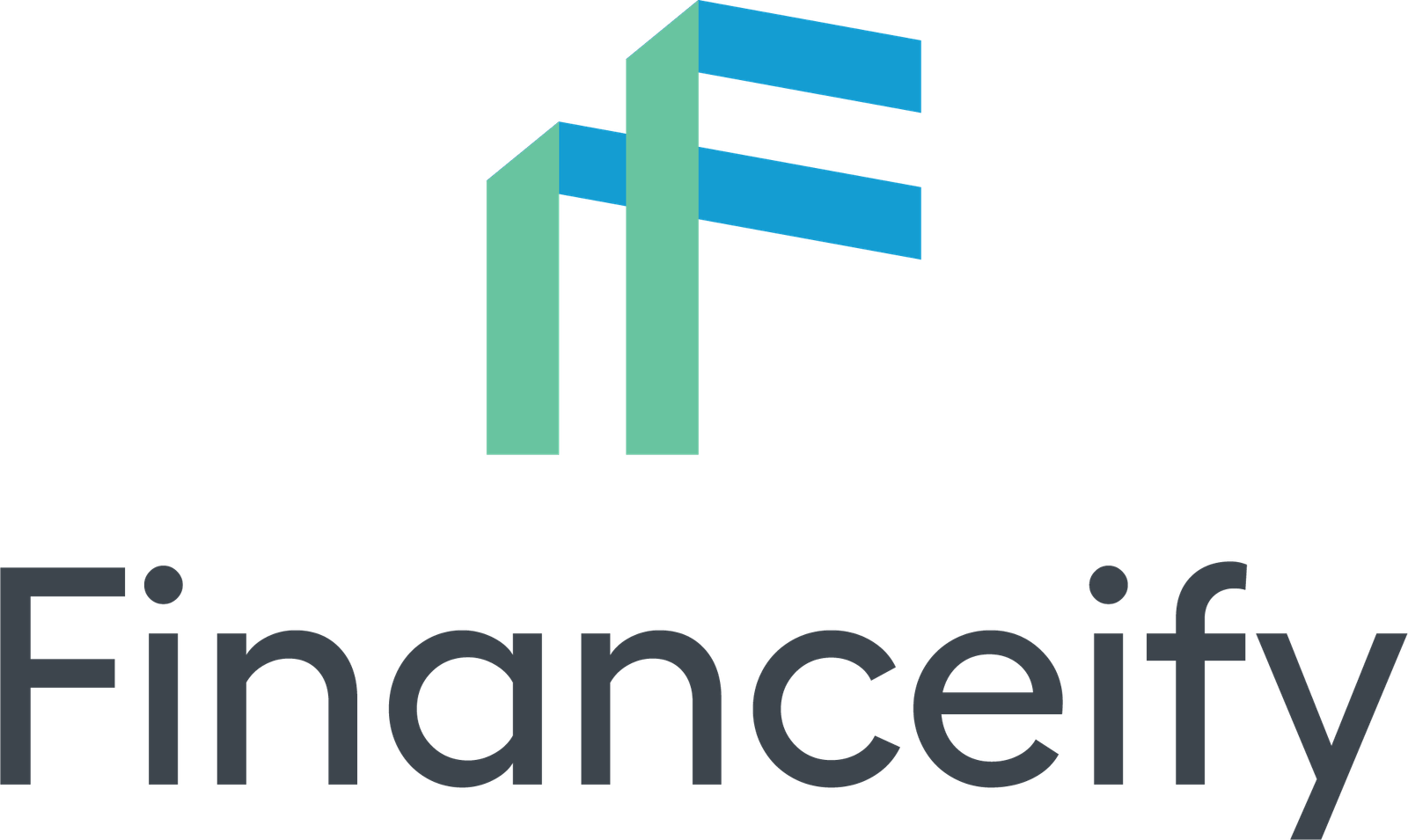(May 2006) Sam Albanese probably doesn’t have as many vacation plans as other insurance industry veterans. He is working to launch the Certified Financial Service Practitioner program, currently scheduled for September at Seneca College of Applied Arts and Technology in Toronto.
Albanese sees the program as a relief for insurance companies, managing general agents and independent insurance brokers that were disadvantaged by the dissolution of the career agent force in the 1990s, with brokers making their own retirement plans. He also believes the program is ideal for dual-licensed advisors and those looking to become dual-licensed advisors because it gives equal weight to issues that also impact the mutual fund industry.
At a recent meeting, the program’s advisory board, made up of insurers and MGAs, reviewed the curriculum outline, with details expected to be presented at board meetings leading up to the fall commencement. In the insurance sector, Transamerica Life Canada, Empire Financial Group and Equitable Life Insurance Co. from Canada provided cash in the amount of USD 25,000 to cover start-up costs, including materials. It hopes to be joined soon by other major players such as Sun Life Financial, Desjardins Financial Security and Manulife Financial.
Although it wasn’t part of the original plan, Albanese received financial support of $2,500 per person from MGAs such as Equinox Financial Group, Hub Financial, Gryphin Advantage, Allen Wong & Associates, PerformINS Canada and others. It also receives support from Independent Financial Brokers of Canada and Advocis.
To support the funds element of the program, Albanese hopes to see a positive response from mutual fund companies such as AIM Trimark Investments and CI Investments and Franklin Templeton Investments. To provide each student with a full set of tools, Albanese is also negotiating with the Canadian company Toshiba to purchase laptops. Each laptop will be accompanied by software from the founders of start-ups participating in the program.
As currently planned, the program consists of two 12-week semesters, one focused on insurance and the other related to mutual funds and financial disciplines. The insurance semester includes studying and taking a test under the Lifetime License Qualification Program. It also includes classes in what Albanians call hard skills, with a weighting of 40% throughout the program, including product training, investment concepts in product categories and strategies used to sell various products. The remaining 60% will focus on soft skills such as understanding the sales cycle, office budget planning, time management and training in Word, Excel and other standard programs.
“The end result is that we want (the student) to start (their) own practice,” he explains. “(They will) have a very solid skills base of things that insurance companies did so well in the old days and don’t do at all today,” he adds, referring to the practice now abandoned by many insurers of hiring and training a large number of career agents.
Albanese says the mutual fund semester is still in development, but will also cover licensing and some combination of how mutual funds actually work, the differences between mutual funds and segregated funds, tax planning, estate planning, other financial disciplines, as well as customer strategies and interview techniques.
To meet the September deadline, Albanese must overcome several challenges, including two sets of approval processes: advisory board members and the Seneca College Financial Services Center. It also needs to increase support from insurance companies, MGAs and at least some mutual fund companies.
Seneca College (like other community colleges in Ontario) also offers a stand-alone version of the LLQP, and marketing efforts would need to ensure that applicants clearly understand both choices and give credence to the Certified Financial Service Practitioner program so that the CFSP does not get lost in the long list of other designations.
Finally, Albanese or his supporters will need to repeat the program to fulfill long-term plans to offer the program across Canada.
This article was originally published on Advisor’s Edge Report.
(09/05/06)


